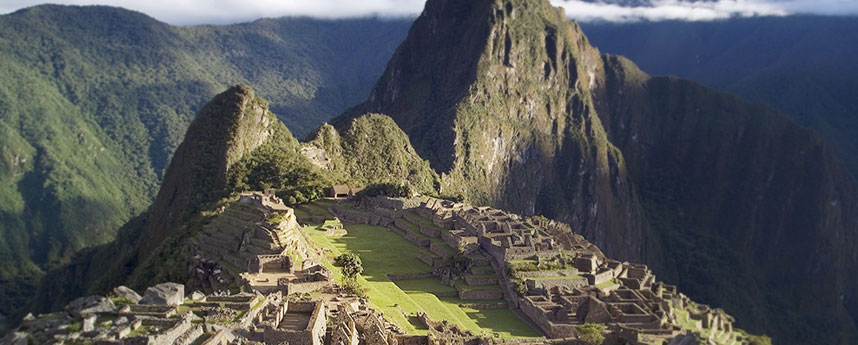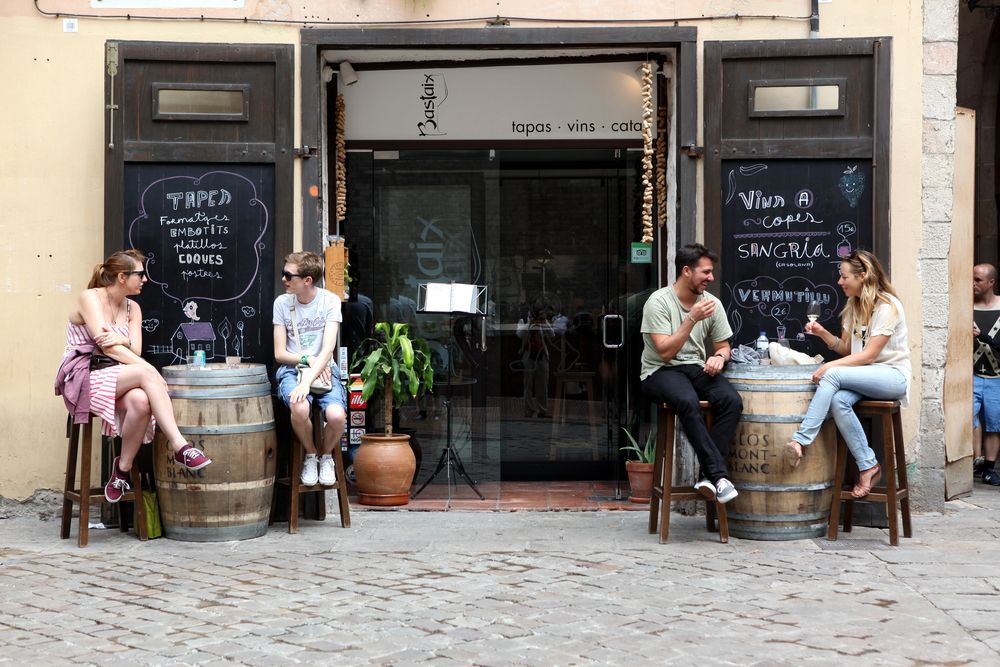Visit pre-Incan pyramids and tombs

Around 90% of Peru's tourists visit Machu Picchu, an emblem of Incan culture, but only 10% make it to the pyramids and tombs Pre-Incan Moche and Lima culture.
In the language of Quechua, an ancient language of South America, "huaca" refers to a revered object and typically is used to describe a special monument. Many have been associated with monuments of rituals or a place to be honored such as a mountain pass, mountain top, or a natural spring. The word is also used to describe the burial places and therefore the location of mummies.
The pre-Incan Moche pyramids that dot the northern coast of Peru are every bit as important and amazing as Machu Picchu, definitely worth the attention.
Huaca Rajada and the Lord of Sipán
On such place is known as Huaca Rajada, literally meaning cracked pyramid. The huaca is located near the coast in the Northern part of Peru in the Lambayeque Valley, 35 km east of the city of Chiclayo. The burial mound found hear was part of the Moche culture (sometimes refered to as Mochica), a pre-Incan culture that dominated the Northern coast of Peru from 1 AD to 700 AD.
Here, under an impressive amount of gold and other treasures (15 kilos!), the Moche people buried a great warrior priest known as the Lord of Sipán. He ruled around 200 AD and died at about 40 years of age, a millennium before the Inca would populate the world reknowned Machu Picchu. In total, four tombs have been discovered in Huaca Rajada.
The site was declared a "Golden Wonder" by Times Magazine and was featured in National Geographic as being one of the "Richest Tombs in the World". The discovery was made by archaeologist Walter Alva in 1987 and the tomb is considered one of the most important discoveries in the last 30 years, mainly because it was found intact and untouched by tomb robbers.
The site only receives 1,300 visitors a month, whereas Machu Picchu welcomes 2,800 average visitors a day.Tourists can also view the gold artifacts that were extracted, housed inside the Royal Tombs of Sipán.
Huaca Pucllana
Another great destination in Peru is the Huaca Pucllana, sometimes called Huaca Juliana. The complex features a large pyramid made of adobe and clay, located Miraflores in central Lima, Peru. The pre-Inca monument was an important administrative and cultural site, although evidence of relgious ceremonies and sacrifices have been found. From here, the clergymen claimed control of the natural water of the zone with the building of a great pyramid. The complex was surrounded by a plaza and also features a large wall dividing it into two sections. Huts and other enclosures remain intact, with some walls still standing that created courtyards and patios.
Archaeologists have also uncovered artifacts belonging to the Wari Culture (500 AD-900 AD).
The remains of Lord of the Unkus were discovered in the first tomb uncovered on the site that was still completely intact. In the tomb, three adult remains were found and one of a sacrificed child.
Visit and learn Spanish in Peru! Do not forget that Peru is rich with culture and history, there is much more to see than just Machu Picchu!






